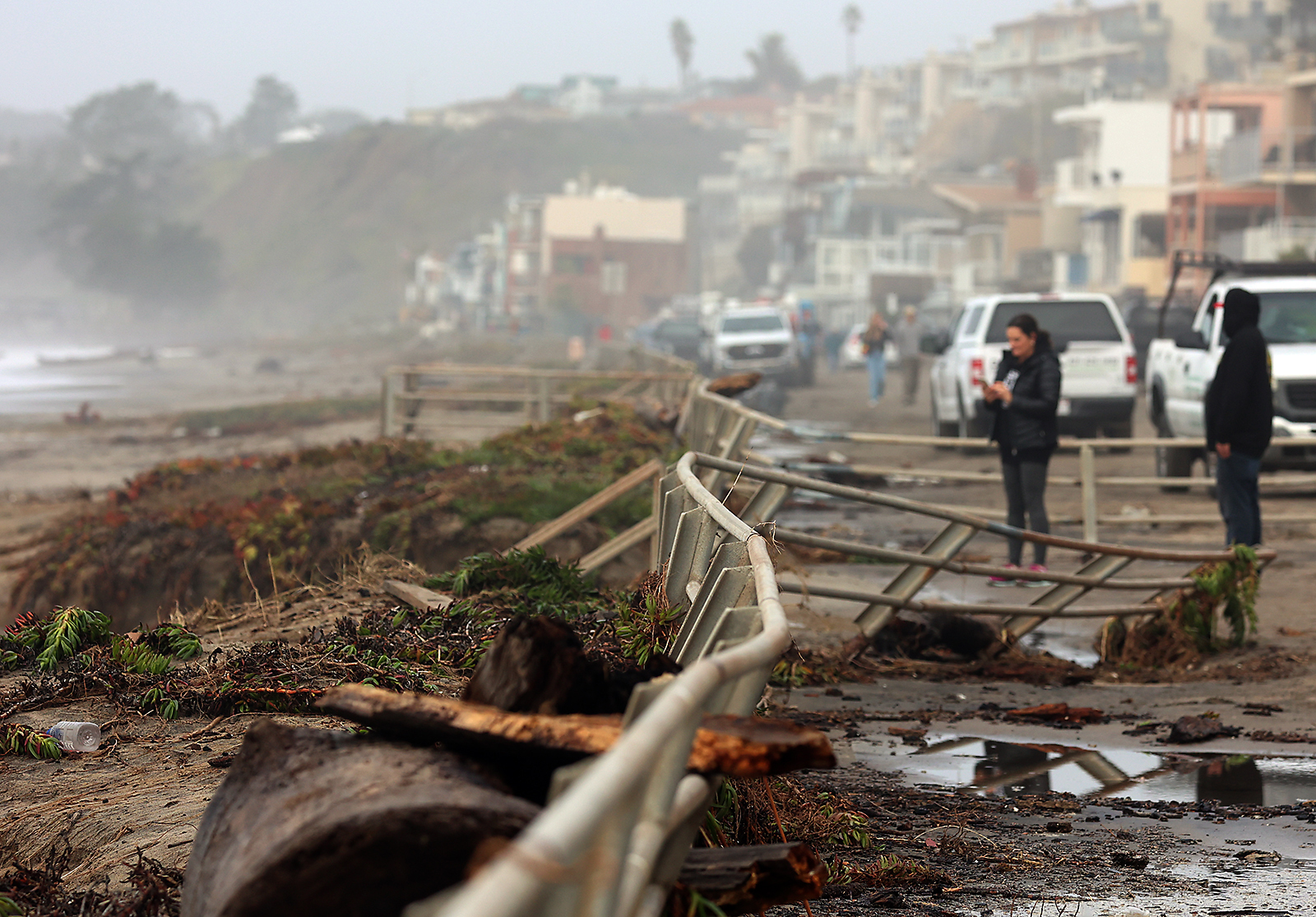Excerpt:
The country has been hit by 23 large-scale disasters since January, and hurricane season is far from over…
The United States has suffered 23 billion-dollar disasters so far in 2023, a record for this point in the year that highlights the country’s struggle to adapt to the effects of climate change.
The list, compiled by the National Oceanic and Atmospheric Administration, includes the fire in Maui that killed at least 115 people, the deadliest United States wildfire in more than a century; Hurricane Idalia, which struck western Florida as a Category 3 storm; and a storm in Minnesota that dropped hail the size of pingpong balls, cutting off power for more than 25,000 homes and businesses.
And that was just last month.
In one sense, the growing cost of disasters is unsurprising. The burning of fossil fuels is causing air and water temperatures to increase, which in turn makes it possible for hurricanes to become stronger, rainfall to become more intense and wildfires to spread faster.
The NOAA data, which tracks the number of billion-dollar disasters in the United States, adjusted for inflation, shows a relatively steady upward march, from three such disasters in 1980 to 22 in 2020. The current year has already exceeded that record set in 2020.
But the growing toll demonstrates more than just the effects of global warming. Since Hurricane Sandy in 2012, the federal government has spent billions of dollars trying to make American communities more resilient to the effects of climate change through investments in sea walls, storm drains, building science, forest management and other strategies.
The rising number of huge, costly disasters shows the limits of those efforts.
The Biden administration, aware of those concerns, is increasing resilience spending. The Federal Emergency Management Agency “has provided historic levels of mitigation funding to help communities build resilience,” Jeremy Edwards, an agency spokesman, said in a statement. Last week, FEMA designated almost 500 communities as “disaster resilience zones,” which are eligible for increased federal funding.
“Rural communities really are on the front lines of climate change,” said Kristin Smith, a researcher at Headwaters Economics, a policy consulting nonprofit group, who has studied the distribution of federal resilience funding. “But many don’t have the resources to do anything about it…”
Image at top: The damaged metal fencing and railings along Beach Drive illustrate the power unleashed by Thursday’s storm as visitors take in the scene Friday morning – Rio Del Mar CA, 1/6/23 © 2023 Shmuel Thaler – Santa Cruz Sentinel
Extreme weather: glacial flooding, wildfires and hailstorms cause havoc across the world
– Guardian News (08-09-2023)
Countries across the globe are facing a range of extreme weather events. In Germany, snowploughs were deployed in the middle of summer to shift ice from roads after a hailstorm.
Severe flooding has affected parts of Europe including Sweden and Slovenia, with hundreds of houses submerged. Human-caused climate change is supercharging extreme weather across the world, driving more frequent and more deadly disasters from heatwaves to floods to wildfires
Surviving infernos and floods: life on the frontline of the climate crisis
– Guardian News (08-25-2023)
In 2023, the effects of the climate crisis have come into sharp focus.
Much of the northern hemisphere endured a blistering heatwave, while other countries were inundated with torrential rain and catastrophic flooding. A number of climate records – some unofficial – tumbled in recent weeks. The Guardian spoke to four people from Hawaii, India, China and the Middle East directly affected by extreme weather events.









